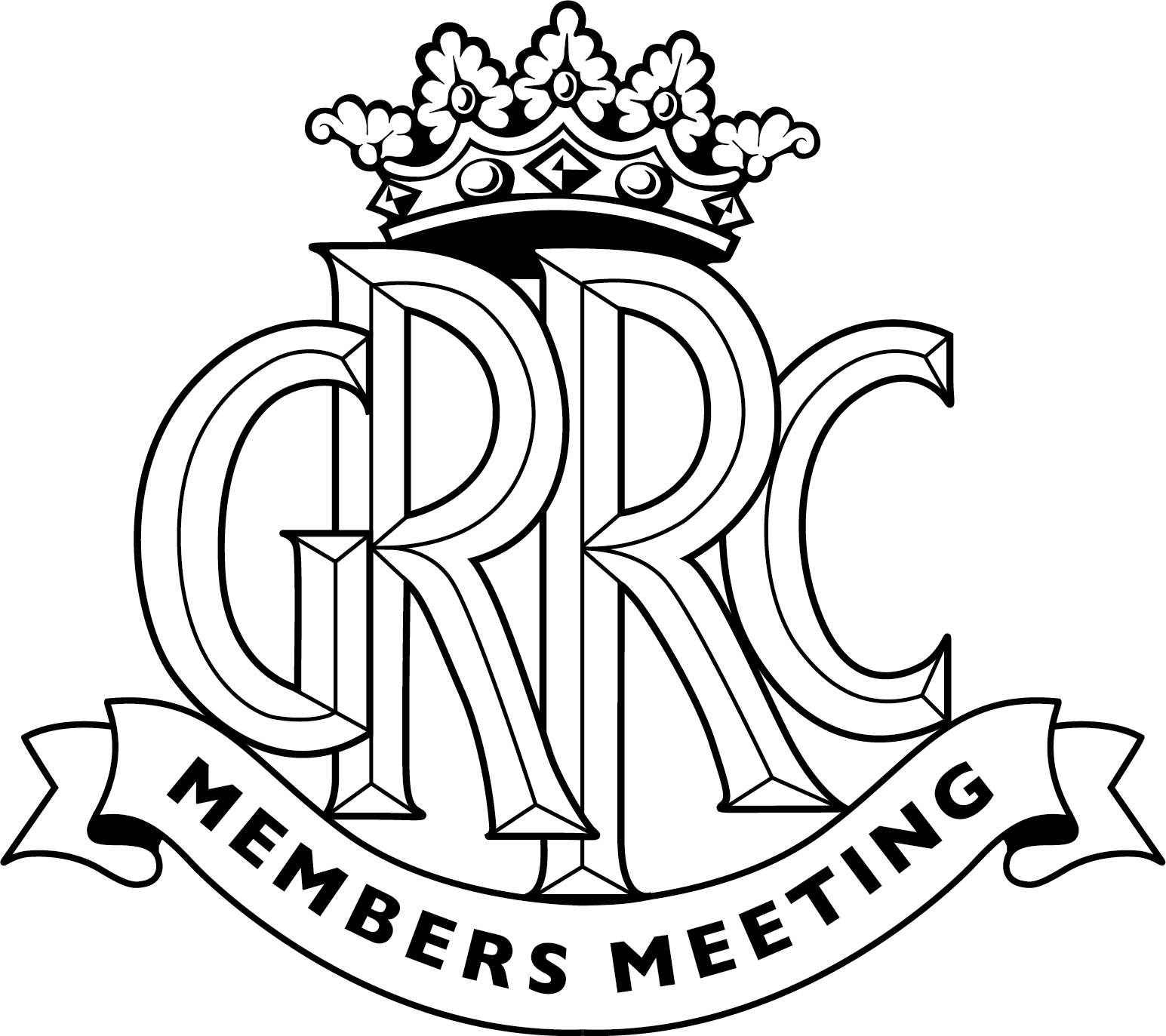The forgotten Aston Martin F1 car | Thank Frankel it’s Friday
 Andrew Frankel
Andrew Frankel
So Aston Martin will this year return to the grid as a Formula 1 team for the first time in over 60 years. Or so the press release says. I’ll leave it to you to decide whether title sponsorship of what was the Racing Point team entitles Aston Martin to call itself a Formula 1 team, all I’d observe is that however you look at it, the practice is not exactly new: officially the Lotus F1 cars of the mid 1970s weren’t Lotuses at all, but John Player Specials.

But now I want to dwell on the last Aston Martin F1 car – well actually the last but one but the less said about the DBR5 the better – the DBR4. And it really was an Aston Martin in every sense, and as heroic a failure as the marque has ever produced, a category in which I find no shortage of candidates.
The single most important thing to understand about the DBR4 was that, unlike the DBR5, it was a good car. A really good car in fact. When new it had the potential to win championships and, yes, I really do mean that. So what happened?

Aston Martin first started looking at doing an F1 car back in 1952, when it became known that the formula would run to 2.5-litre regulations from 1954. It even made a single seat version of the DB3S sportscar but abandoned the project when it became clear that Mercedes-Benz had had the same idea, leaving Goodwood regular Reg Parnell to race it unsuccessfully in the Tasman series over the winter of 1955-56.
So it wouldn’t be until 1956 with Mercedes-Benz safely out of the way that the project sparked back to life, with the single seat DBR4 being spun off what remained Aston Martin’s main point of focus, the DBR1 sportscar.
But if you’re intending to compete at the very top level, it’s probably best not to treat your car as a sideshow, but that’s what happened. While the DBR1 raced at Le Mans in 1956, no one even drove the DBR4 until 1957.

The car followed the DBR1’s specification with a spaceframe chassis, double wishbone front suspension, a De Dion rear axle and Girling discs. It was conventional but thoughtfully done with the engine angled so the driveshaft could run alongside rather than below the driver, enabling a lower driving position.
Tony Brooks was one of the first to drive it and as he was also a works Vanwall driver at the time, could scarcely have been better placed to assess the two. And he far preferred the Aston. He liked its handling and its brakes, but noted it lacked power compared to his rival. John Wyer who ran the race team at the time, and a man incapable of overstating the facts estimated that it would be extremely competitive during the 1958 season.
So what was the problem? Simply that almost unbelievably, Aston Martin decided not to race it in 1958, a decision Wyer described in his usual forthright way as ‘fatal’. The reason was that Aston had been trying to win the World Sports Car Championship since 1952 and that took precedence. In the event the team didn’t even manage that in 1958.

And then Aston Martin got unlucky. Really unlucky. On 19th January 1958, Stirling Moss won the Argentine Grand Prix, and if that doesn’t seem remarkable, it absolutely was. In a privately entered 2.0-litre Cooper he beat the might of the works Ferrari and Maserati teams because his car’s smaller engine meant he didn’t have to stop for fuel and its mid-engined configuration meant he got away, just, without changing tyres either. It was the first time a mid-engined car had won a World Championship Grand Prix and to prove it was no fluke, at the very next race, Maurice Trintignant won the Monaco Grand Prix in another private Cooper. Sure the brute force of the front-engined Ferraris and Vanwalls at the uniformly faster circuits that made up the rest of the season meant Cooper didn’t win again in 1958, but it hardly mattered: everyone at the sharp end of the grid with the sole exception of Ferrari, could see that front-engined Formula 1 cars were yesterday’s news. And that included the DBR4. It was then and remains today the single greatest transitional season in F1 history.
Instead the DBR4 waited until May 1959 to make its competition debut in the International Trophy Race at Silverstone where Roy Salvadori brought it home in second place behind, you guessed it, Jack Brabham’s mid-engined Cooper. Lacking the power of a Ferrari and the handling of the Cooper, it was the best result it would ever have, the rest of the season producing a mere handful of top ten results.

I drove a DBR4 once on the Silverstone Grand Prix circuit and loved it. Fitted with a 3.0-litre Tasman engine and therefore with the power the 2.5-litre F1 engine always lacked, I thought it beautiful to drive. Not quite as responsive, delicate and user-friendly as a Maserati 250F perhaps, but fast, grippy and with excellent brakes. Once I’d got it set up properly it was nicely balanced and forgiving too. It was everything I’d hoped an Aston Martin F1 car to be. And had been around at the same time as the 250F was being seriously raced its story could have been very different indeed. In fact by the time the DBR4 was wheeled out to race for the very first time, the 250F was already a museum piece.
Finally it is instructive to consider the relative fortunes of the DBR1 and DBR4 and what they say about the categories in which they raced. The DBR1 first raced in 1956, but was still good enough to win both Le Mans and that precious World Sports Car Championship in 1959. The DBR4 could have raced in 1957 when it might have been a world beater; in 1958 it may still have won races; by 1959 it was obsolete. It was the season in which Aston Martin learned how tough it really is at the very top; it is a lesson I hope it has not forgotten.
Love Aston Martin? Read our list of the five best Aston Martin racing cars.
Images courtesy of Motorsport Images.
Formula 1
F1 1959
Aston Martin
DBR4
Roy Salvadori
Carroll Shelby
































































